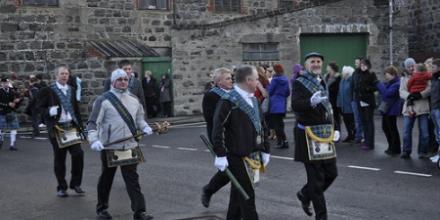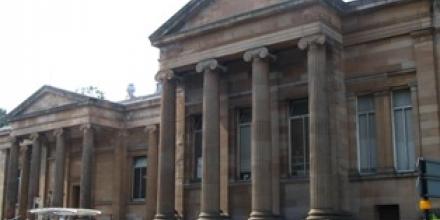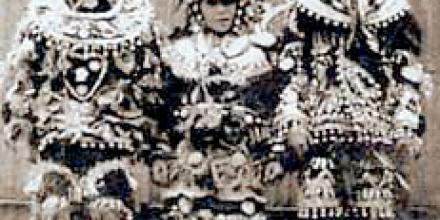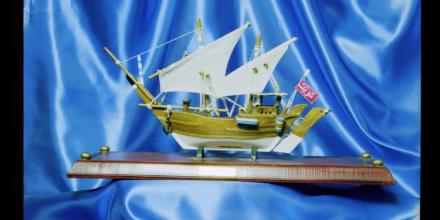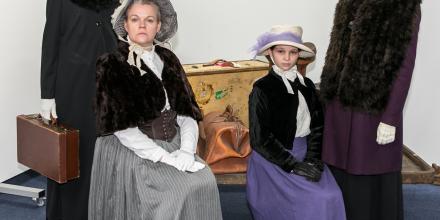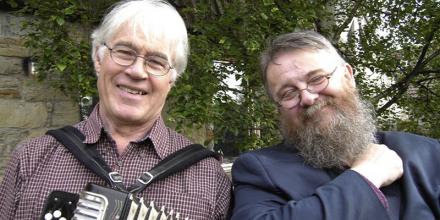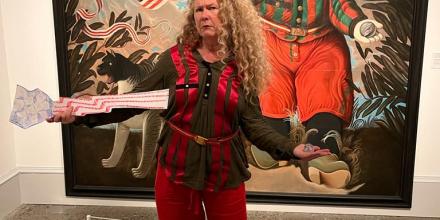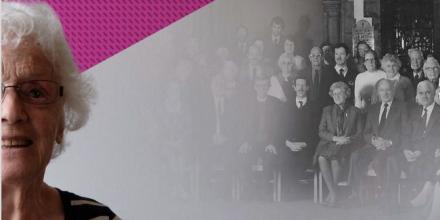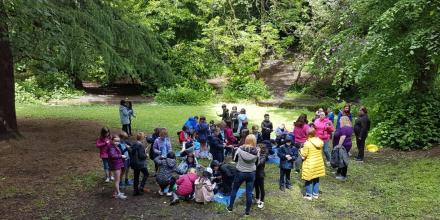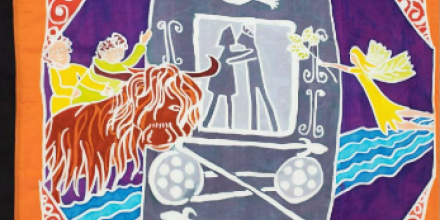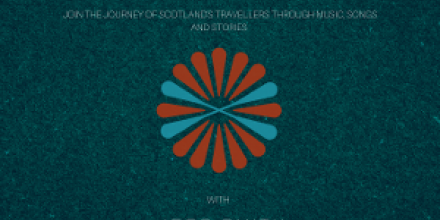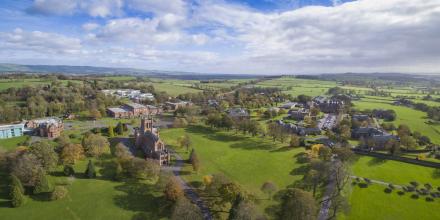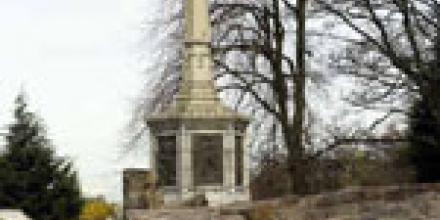Beltane Festival
Beltane is an ancient Gaelic holiday celebrated around 1 May, historically celebrated in Scotland, Ireland and the Isle of Man. It is a fire festival that celebrates the coming of summer and the renewed fertility of the coming year.The festival survives in folkloric practices in these nations (and the diaspora), and has experienced a degree of revival in recent decades, not only in the British Isles, but also in countries further afield such as the USA. The word Beltane is thought to have derived from a Gae... Read More

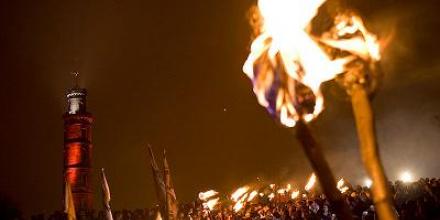



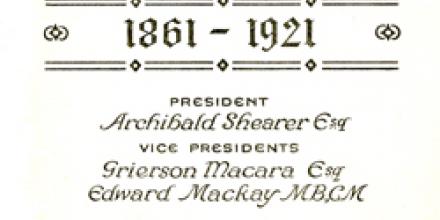
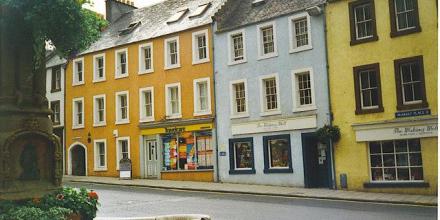
![Kirkwall Ba' Game (copyright: John P. Shearer [ of Orkney]) Kirkwall Ba' Game (copyright: John P. Shearer [ of Orkney])](https://ichscotland.org/sites/default/files/styles/entry_image_teaser/public/entry-images/Kirkwall.jpg?itok=IX2gpLyo)
